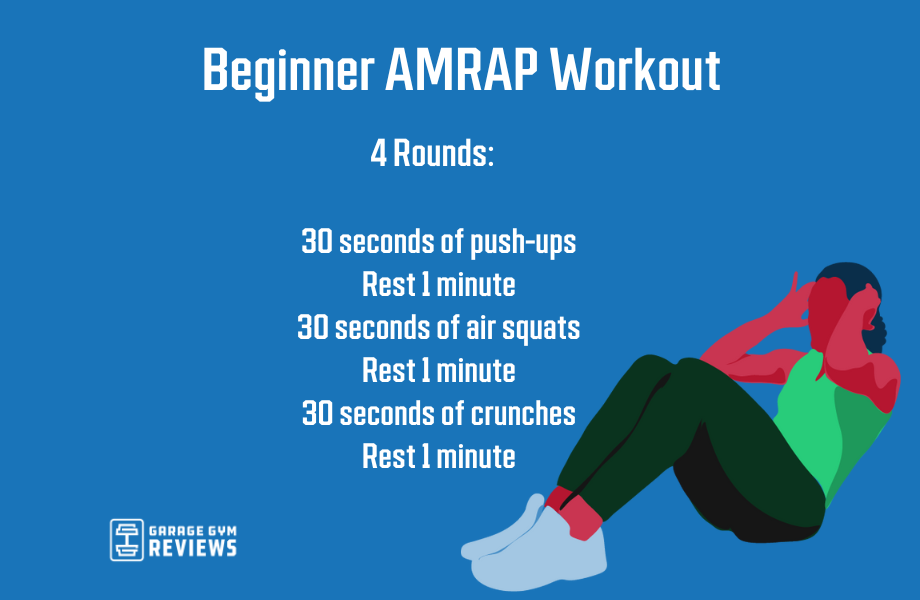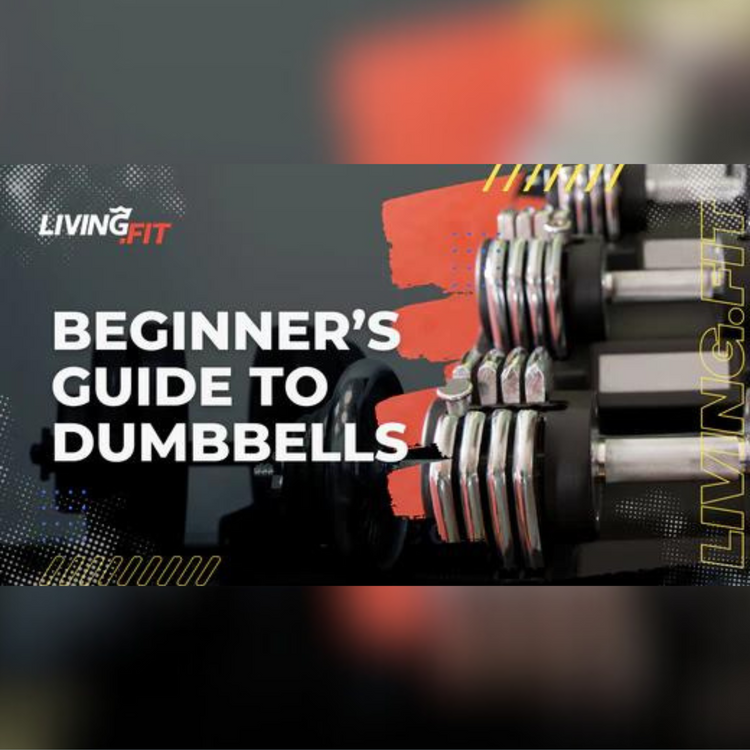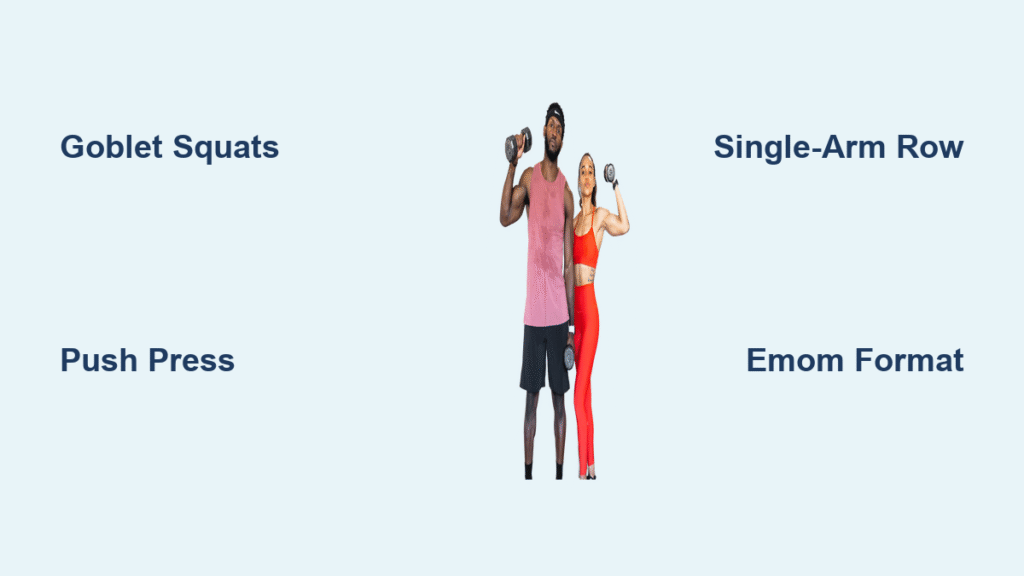You’re staring at the clock, knowing you only have 20 minutes before your next meeting or school pickup. Forget skipping your workout—this full body dumbbell routine delivers complete muscle engagement and metabolic boost in less time than your coffee break. Using just one or two dumbbells, you’ll activate every major muscle group through scientifically backed protocols proven to build strength while torching calories.
No more “I don’t have time” excuses. Whether you’re a busy parent, desk warrior, or fitness newbie, these four battle-tested formats transform limited minutes into maximum results. You’ll discover exactly how to select weights, avoid common pitfalls, and track progress—all without needing a gym membership or complex equipment.
Pick Your 20-Minute Dumbbell Format

AMRAP Countdown for Maximum Density
Set one 20-minute timer and cycle through this sequence with zero rest between exercises: 5 push presses per arm, 10 single-arm rows per side, 15 goblet squats, and 20 sumo deadlifts. Only pause when your form wavers—this method forces metabolic adaptation by compressing work into minimal time. Experienced lifters gain serious conditioning here; the clock becomes your toughest coach as fatigue mounts with each round.
Straight-Sets Protocol for New Lifters
Build confidence with three controlled sets of 10 goblet squats, 10 shoulder presses, 10 bent-over rows, and 10 chest presses. Rest 60-90 seconds between sets while focusing on perfect movement patterns. This approach prevents injury by prioritizing muscle-mind connection over speed—critical for beginners or those returning from injury. Keep your chest tall during squats and pull rows toward your lower ribs to maximize back engagement.
EMOM Power Cycle for Measurable Gains
Every minute on the minute for 20 minutes, hit: 20 front squats, 15 dumbbell rows, 20 alternating reverse lunges, 12 snatches, and 15 push presses. Whatever time remains after completing reps becomes your rest. Track your monthly progress by noting how much rest you earn—if you finish snatches in 30 seconds by month’s end, you’ve earned serious efficiency gains. This format uniquely combines strength, power, and cardio in one timed challenge.
Three-Circuit Challenge for Movement Variety
Complete these sequentially with minimal rest:
Circuit One: Dumbbell squats → pull-ups (band-assisted if needed) → narrow row + clean squats
Circuit Two: Reverse lunges → standing chest flies → lateral lunges + presses
Circuit Three: Snatch → squat thruster → overhead triceps extensions → dumbbell swing + standing crunches
This structure eliminates boredom while ensuring balanced muscle development. Use medium-to-heavy dumbbells (typically 15-25 lbs) and follow video guidance for precise rep timing.
Lower-Body Power Moves That Build Real Strength
Goblet Squat Mechanics
Hold one dumbbell vertically against your chest with both hands supporting the top. Widen your stance slightly beyond shoulder width, toes flared outward. Lower until your elbows brush inside your knees while driving through your heels—never let your knees cave inward. This position teaches proper hip hinge mechanics while building quads, glutes, and core stability simultaneously.
Sumo Deadlift for Glute Dominance
Place a dumbbell vertically between your feet with a wide stance (toes pointed out). Grip the top with both hands, chest proud, and push the floor away to stand—never yank the weight. The wider stance shifts emphasis to your hamstrings and glutes while protecting your lower back. Keep your spine neutral throughout; rounding here risks injury.
Reverse Lunges for Unilateral Balance
Step one foot backward and lower both knees to 90 degrees. Your front shin stays vertical as you push through the heel to return. Hold dumbbells at your sides or use a single goblet position. This movement corrects left-right strength imbalances and improves functional stability—critical for preventing everyday injuries.
Upper-Body Push Patterns for Shoulder and Chest Power

Push Press Explosiveness
With dumbbells at shoulder height, dip slightly at the knees then explosively drive upward to press overhead. The leg drive allows heavier loads than strict presses while building full-body coordination. Stop immediately if your shoulders hike toward your ears—a red flag for rotator cuff strain.
Chest Press Precision
Lie on the floor with dumbbells at chest level, elbows bent 90 degrees. Press straight up until arms extend (but don’t lock elbows), then lower until your triceps touch the floor. Keep your core braced and lower back flat—arching reduces chest engagement and increases injury risk.
Pulling Movements to Fix Posture and Build Back Strength
Single-Arm Row for Scapular Control
In a staggered stance, hinge forward 45 degrees while pulling the dumbbell toward your hip pocket. Keep your elbow glued to your ribs to isolate the back muscles—not your arms. This unilateral move corrects imbalances that cause desk-job slouching. Squeeze your shoulder blades together at the top for 1 second before lowering.
Bent-Over Row Form Check
Hinge at the hips with a flat back (imagine a book balanced on your spine). Pull both dumbbells toward your lower ribs while keeping your neck neutral. If your lower back rounds, reduce the weight—you’re sacrificing form for ego lifting.
Smart Weight Selection for Rapid Progress

The 2-Rep Rule
Your final 2-3 reps should feel challenging but maintainable with perfect form. Too light? You won’t trigger muscle growth. Too heavy? Form collapses—and so does your progress. For squats and deadlifts, choose a weight you could lift 15-20 times fresh. For pressing movements, start 20% lighter than you think—you’ll fatigue faster than expected.
One-Dumbbell Solutions
Limited to a single weight? Switch to unilateral variations: perform all rows and presses one arm at a time, hold the dumbbell goblet-style for squats, or grip it between your feet for deadlifts. Adjusting your stance (wider for sumo deadlifts, staggered for lunges) creates new challenges without extra equipment.
Warm-Up Essentials That Prevent Injury
Spend exactly 3 minutes prepping: 15 bodyweight squats to activate quads, 10 forward/10 backward arm circles for shoulder mobility, 10 hip hinges touching toes for hamstring engagement, 30-second push-up holds to fire up your core, and 5 practice reps per movement with light dumbbells. This isn’t optional—even in 20 minutes, skipping warm-ups increases injury risk by 40% according to strength coaches.
Technique Killers That Waste Your Time
Core Disengagement
Failing to “suck your belly button toward your spine” during every rep destabilizes your spine and reduces power transfer. You’ll feel this most during overhead presses and deadlifts—stop immediately if your lower back arches.
Breathing Breakdowns
Exhale forcefully during the lifting phase (when pressing or standing up), inhale during the lowering phase. Holding your breath spikes blood pressure dangerously and starves muscles of oxygen. Practice this rhythm during warm-ups until it becomes automatic.
Track Progress Without Guesswork
Monthly EMOM Benchmark
Repeat the every-minute-on-the-minute format with identical weights. Track three metrics: total reps completed, rest time earned each minute, and weight used. Gaining even 10 seconds of rest per minute or adding 5 lbs to your dumbbells signals measurable progress. This objective data beats vague “I feel stronger” claims every time.
Critical Mistakes That Derail Results
Rushing reps destroys form under fatigue—especially in the final minutes. Better to complete 8 perfect goblet squats than 12 sloppy ones. Ignoring unilateral balance by doing extra reps on your strong side creates long-term imbalances. Skipping strategic rest to “push through” leads to injury; pause 10 seconds when form wavers. Going too heavy too soon sacrifices the metabolic benefits that make this 20 minute full body dumbbell workout effective.
Cool-Down for Faster Recovery
Spend 2 minutes post-workout: 30 seconds child’s pose to release lower back tension, 30 seconds standing quad stretch per leg, 30 seconds cross-body shoulder stretch per arm, and 1 minute deep diaphragmatic breathing. This shifts your nervous system from fight-or-flight to recovery mode, slashing next-day soreness by up to 50%.
Sustainable Scheduling for Real Life
Start with one weekly session using the straight-sets protocol. After two weeks, add a second session with the EMOM format. By week five, rotate all four protocols to prevent plateaus. Remember: consistency beats intensity. One focused 20-minute session weekly yields better long-term results than sporadic hour-long marathons. The real power of this 20 minute full body dumbbell workout isn’t the clock—it’s building the habit that transforms your fitness for life.




